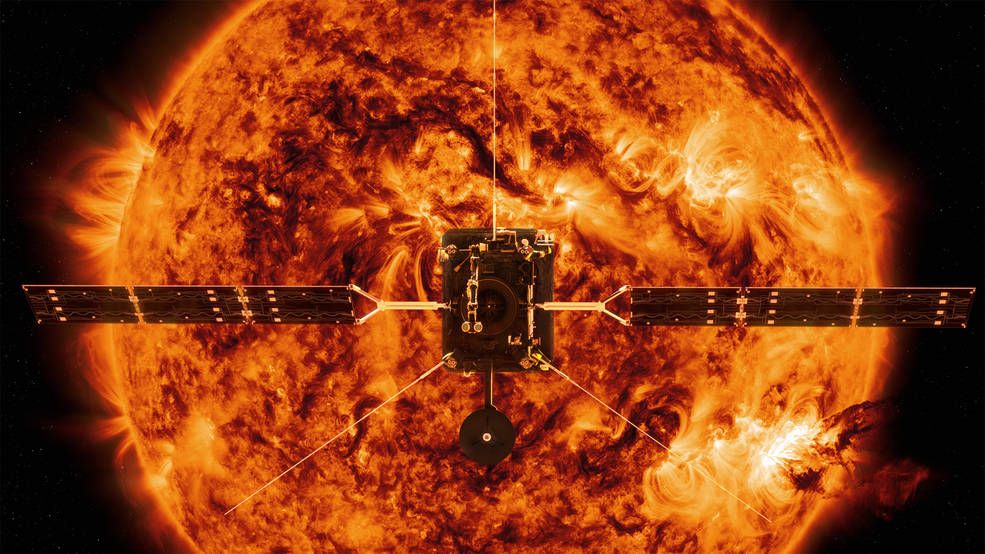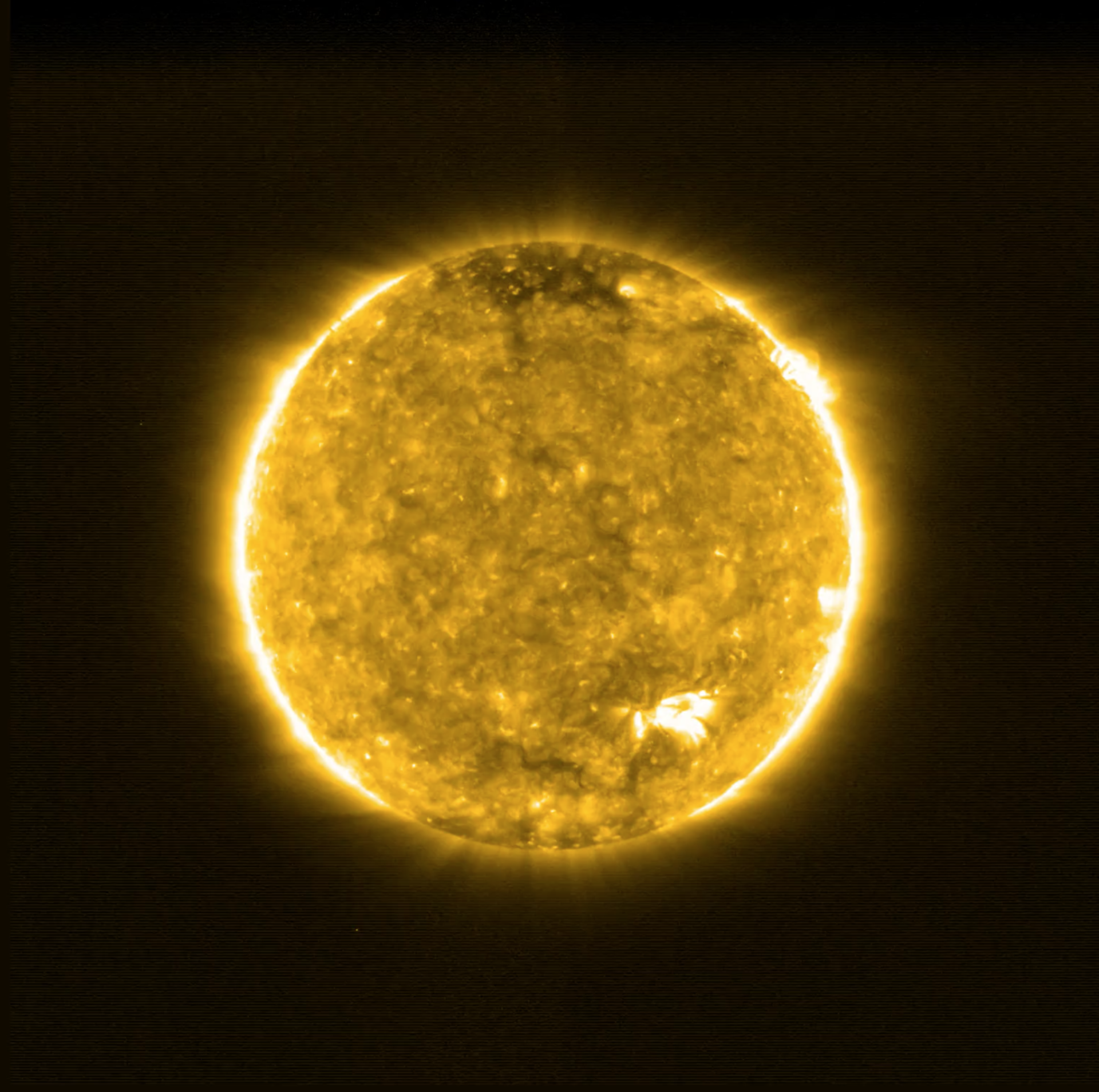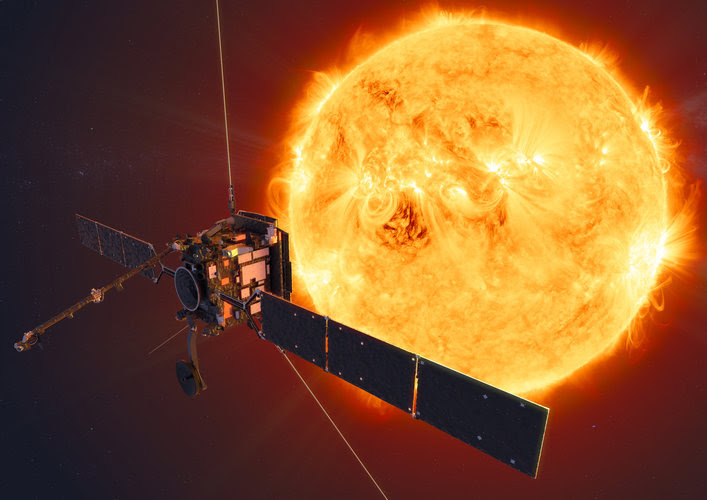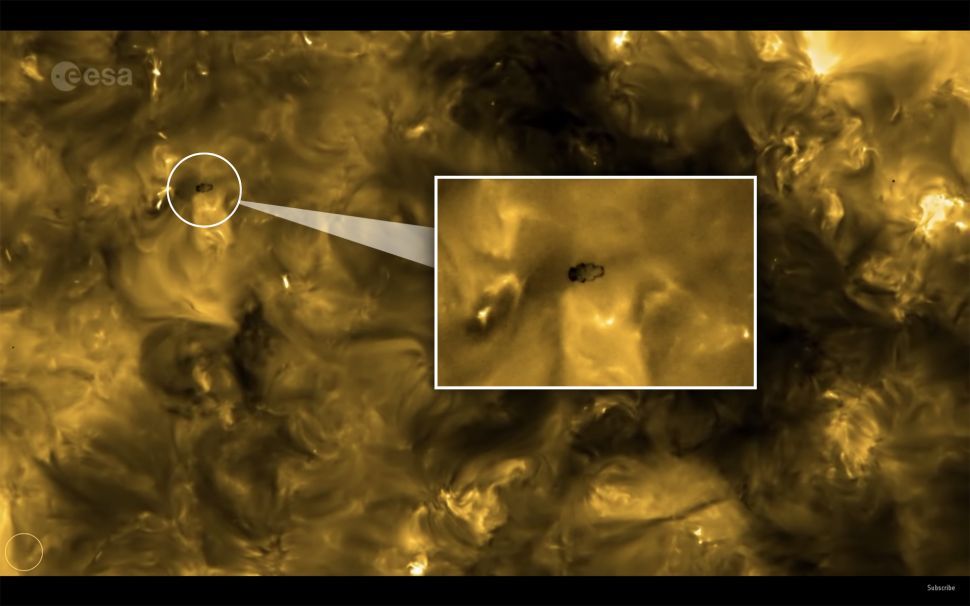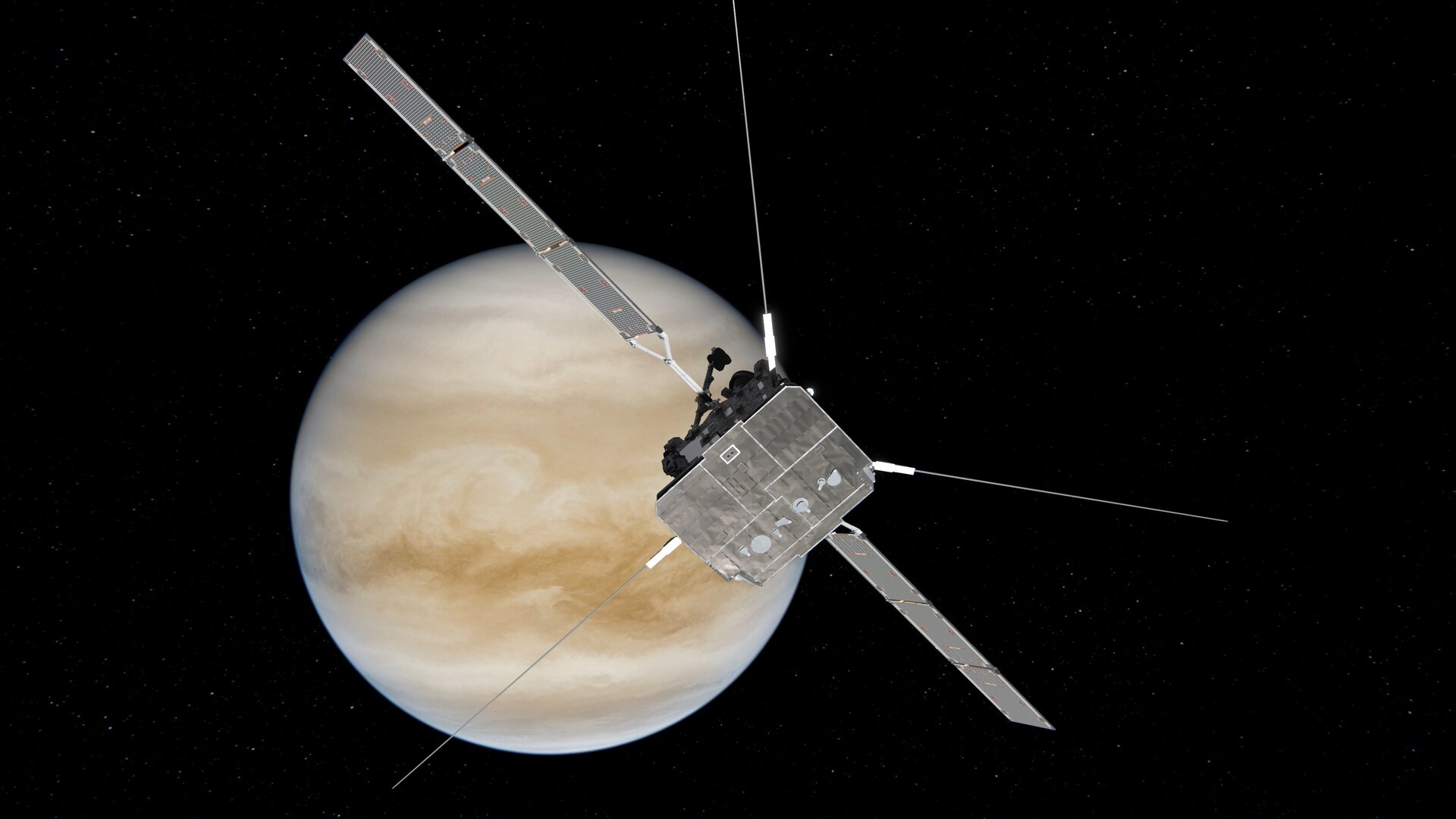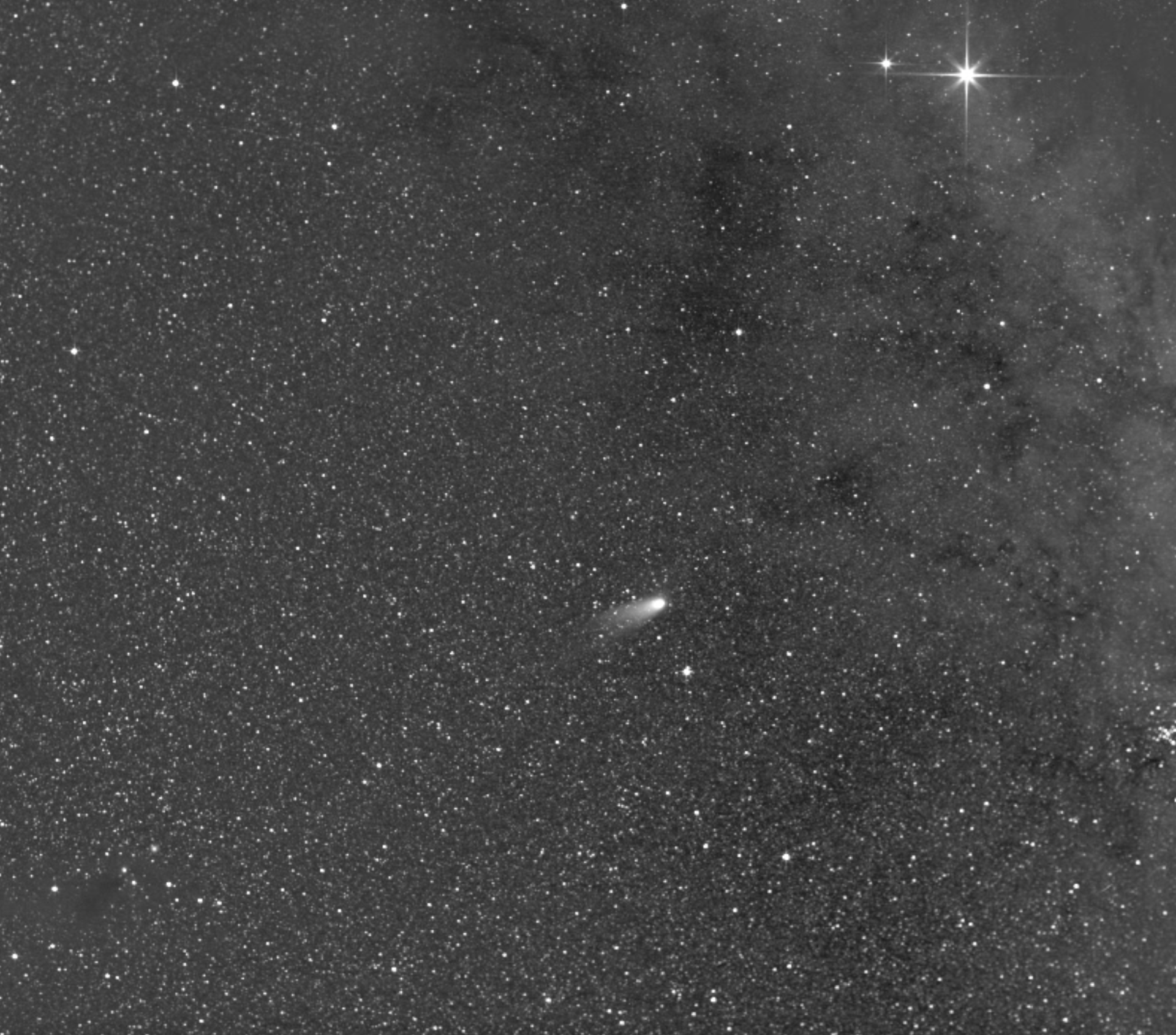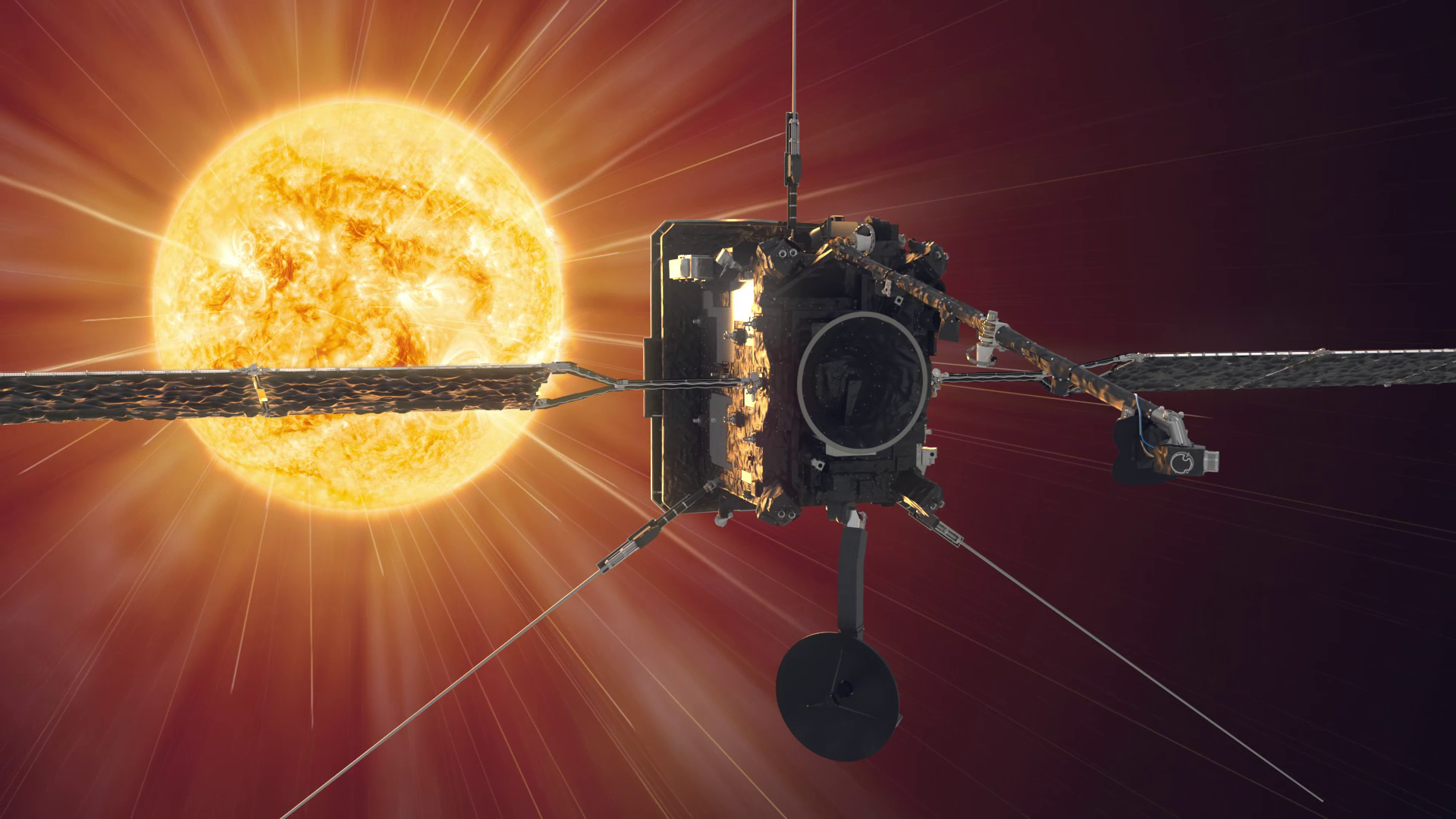- Joined
- 21 January 2015
- Messages
- 12,164
- Reaction score
- 16,380
This is launching very soon in February.
 sci.esa.int
sci.esa.int
ESA Science & Technology - Solar Orbiter
Solar Orbiter is a mission dedicated to solar and heliospheric physics. It was selected as the first medium-class mission of ESA's Cosmic Vision 2015-2025 Programme. Solar Orbiter aims to make significant breakthroughs in our understanding both of how the inner heliosphere works, and of the...

